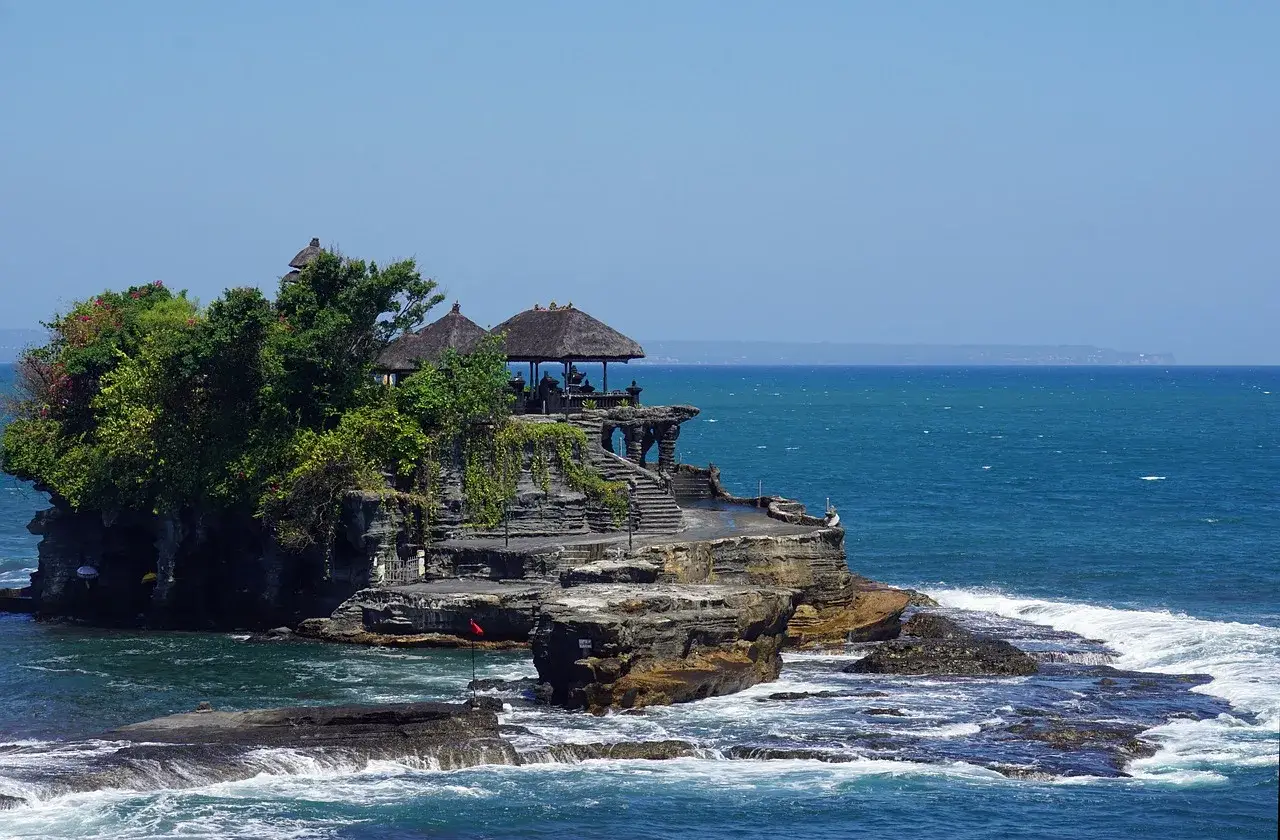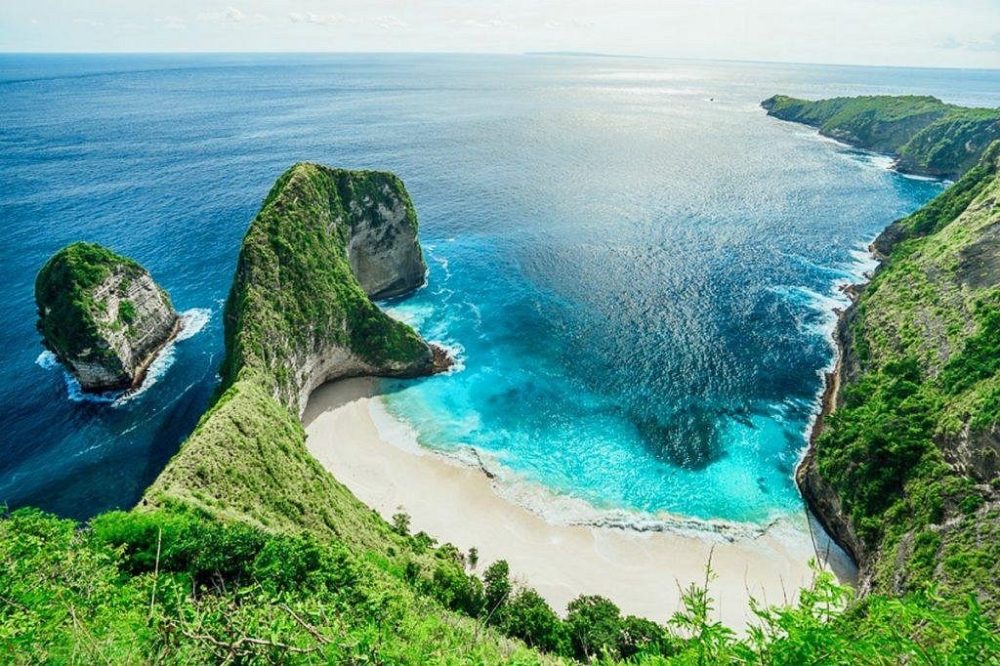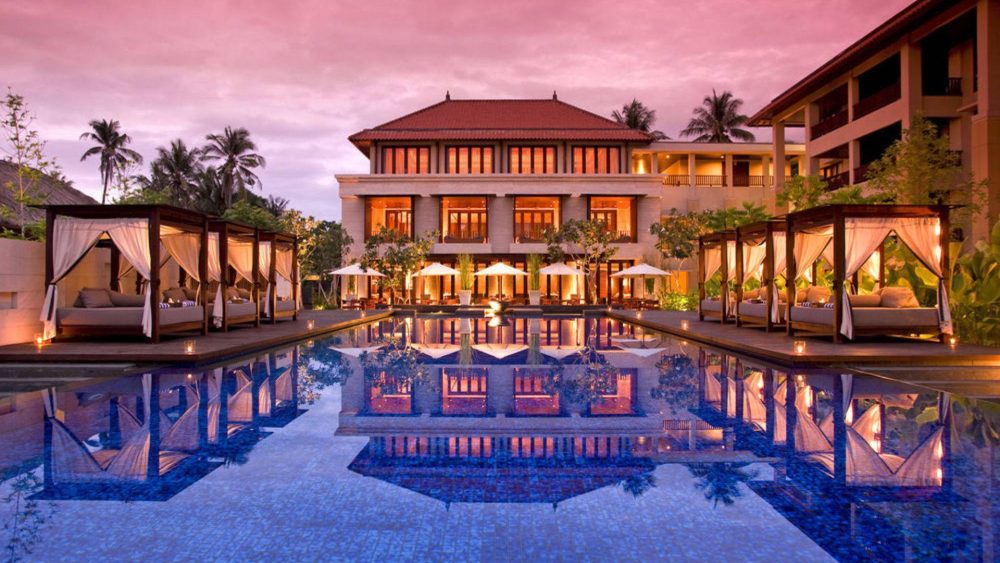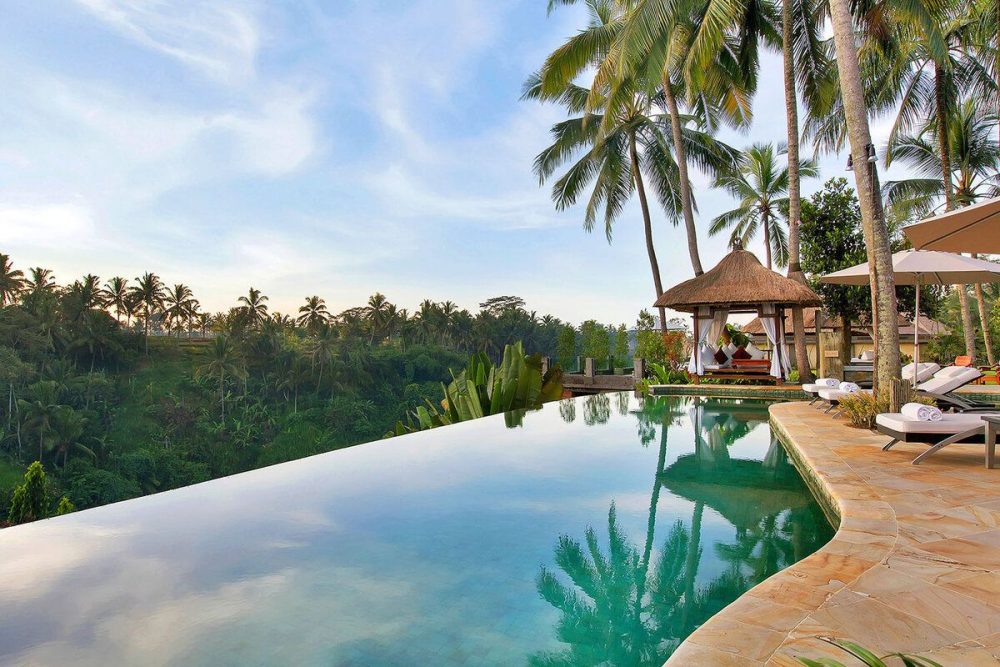
Bali, is where tropical beaches, exciting adventures and rich culture merge. Explore the verdant jungle, enjoy the waves in the surf
Read more
Dreaming of a paradise holiday in Indonesia, but afraid of high prices? Good news: travelling to the popular resort can be quite affordable if you know the right approaches to planning. In this article we will reveal the secrets of budget travelling to Bali. You’ll learn how to find bargain accommodation, dining and entertainment options …

Balinese luxury is no longer about faceless five-star hotels and one-size-fits-all ocean views. Now it’s about privacy, design, architecture, local flavour and service that anticipates desires. The top 10 luxury hotels in Bali are locations that do more than just offer a night’s accommodation – they form a complete experience where every detail counts. Amandaya …

Bali is not just an island, but a world where every coastline is unique. There are surf beaches with perfect waves, secluded coves for a quiet holiday and luxurious sandy strips lined with beach clubs. The variety of scenery is amazing: the white sand of Uluwatu, the black volcanic beaches in the north, the coral …

Bali’s tropical climate and abundant vegetation provide the perfect environment for a variety of fauna. In the streets, parks, jungles and even next to apartment complexes, you’ll find amazing creatures. Animals of Bali are not only macaques and bats, but also exotic species: musangs, geckos, Bengal cats, as well as a variety of insects and …

Bali has long established itself as one of the most popular holiday destinations, offering tourists a combination of exotic nature, interesting culture and comfortable resorts. One of the most convenient ways to spend a holiday on the island is to choose an all-inclusive hotel. In this format, you can enjoy a hassle-free holiday where everything …

Bali’s resorts have long since moved beyond the beach experience. Here, space does not just offer relaxation, but shapes the experience – bodily, visual, emotional. Each region of the island builds its own rhythm, creates a unique atmosphere and incorporates natural symbols into everyday life: the ocean, volcanoes, rice terraces, wind. The complexes are customised to …
Bali is famous for its stunning white sand beaches, verdant rice terraces, volcanoes and rainforests
Bali is not only a paradise for nature lovers, but also a place where tradition and spirituality are deeply honoured. Here you can visit ancient temples
The perfect place for both adventure seekers and those who want to relax. You can try surfing the world's best waves
Get useful advice by starting with small amounts and diversifying your assets, and stay up to date with the news
Sandy beaches, ancient temples and crystal clear seas - Bali offers a unique blend of solitude and adventure. From luxurious resorts to secluded corners of nature where you can enjoy peace and harmony, there's a holiday destination for everyone
